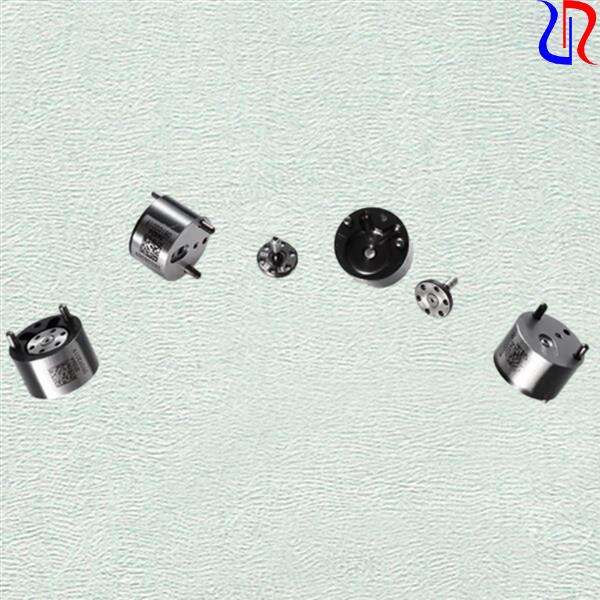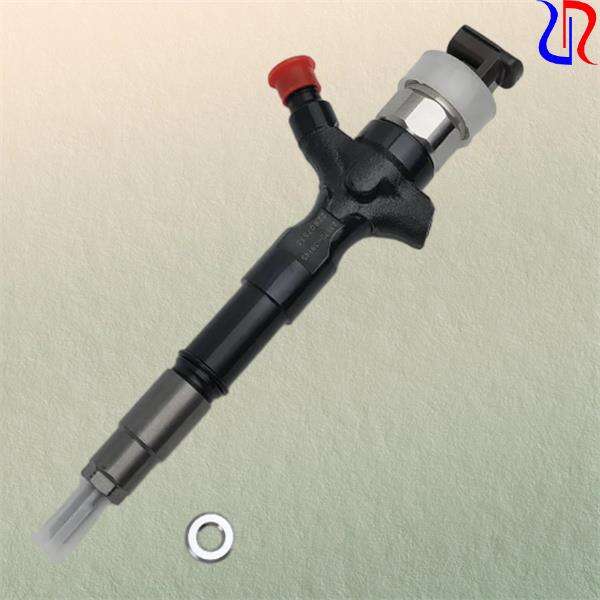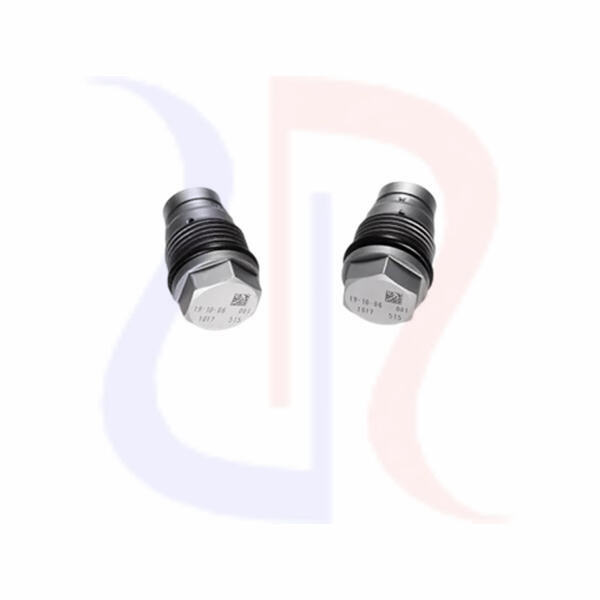When we say engine, you probably imagine some big machine that facilitates cars to move. That’s absolutely correct! A motor comprises several different pieces, all collaborating as a team to send your vehicle forward. Each piece has a job, and they all have to work in harmony for the engine to function as intended.
One critical component of the engine is the valve assembly exhaust. It may not be the biggest or flashiest component but it certainly is an integral part of your car. Once fuel has been combusted, the diesel fuel injector controls the gases' exit from the engine. This gases are known as exhaust gases. Which is sort of like ourselves when we are using our lungs after that we must exhale: the engine additionally needs to "exhale" as well!
Next, you have known what an common rail injector is, and then direct in this part on how to replace it when gets old or broken. You cannot simply change an exhaust valve assembly as it can turn out to be complicated, so mechanics are usually charged with replacing the entire assembly. But if you want to learn how, this is how an exhaust valve assembly replacement goes:
Removing old assembly: The first step is to remove the old exhaust valve assembly. This process includes disconnecting numerous different components, which indicates you may have to dismantle specific sections of the engine. You must be careful at this step since the last thing you want is to break something else.

Rebuild the engine: After the new assembly is fitted, it is time to put the entire motor back together. Which means reattaching all of the components that you had to remove in Step 1. Imagine piecing together a puzzle: the shape and placement of each piece must be just right for the final image to look good!

Maintenance: Go through your car maintenance log and make sure you are doing everything possible to keep the car in good condition. That typically means getting the engine inspected and serviced every so often. Check-ups that are done regularly have the option to catch problems before they become something larger.

Preventing overheating: Do your best to avoid instances in which the engine could be able to overheat. When the engine overheats, it could damage the assembly of the exhaust valve as well as some other internal components of the engine. Monitoring the temperature gauge in your car is something that can definitely help.


Copyright © Guangzhou Derun Mechanical & Electrical Fittings Co., Ltd All Rights Reserved - Privacy Policy